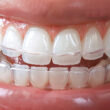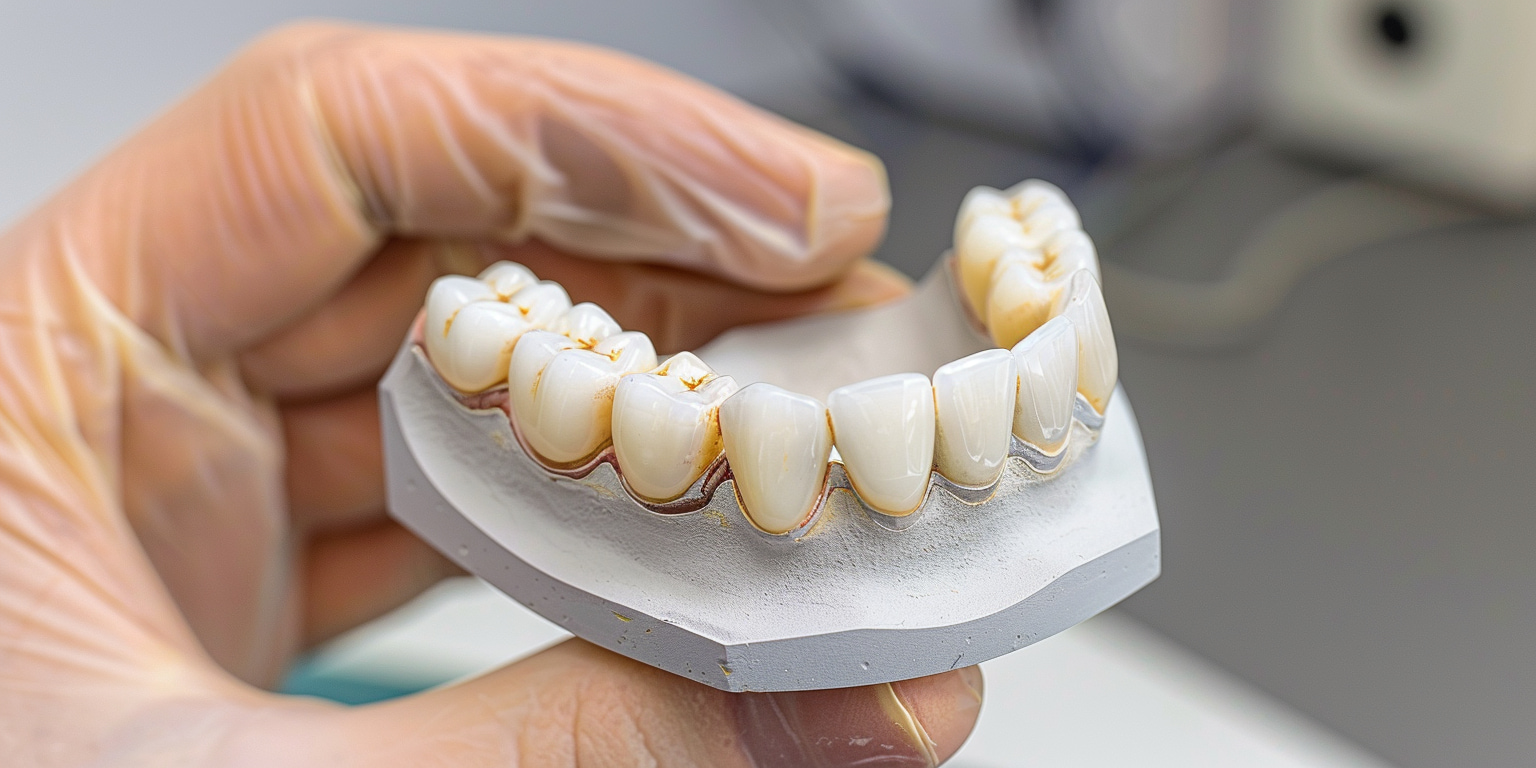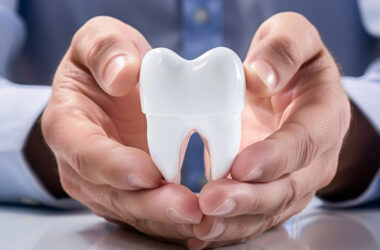No one enjoys suffering from tooth loss. Apart from the obvious impairment of the ability to chew food, a missing tooth takes away from the beauty of the smile. Also, it causes apprehension, reclusiveness and social awkwardness. In some cases, anxiety and depression may follow, according to the US National Institutes of Health. Naturally, the situation becomes aggravated when two or more teeth are missing.
Thankfully, medical remedies—such as the implantation of one or more dental bridges—exist for treating tooth loss.
What is a Dental Bridge?
A dental bridge is a false tooth or several false teeth tacked together and held down and in place by real teeth on both sides of the gap being restored. Technically, the false teeth are known as “pontics.” They are placed as “prosthetics” in the gap being restored and held in place by “abutments,” which could be the real teeth on either side of the gap or the screw-like tiny connector posts.
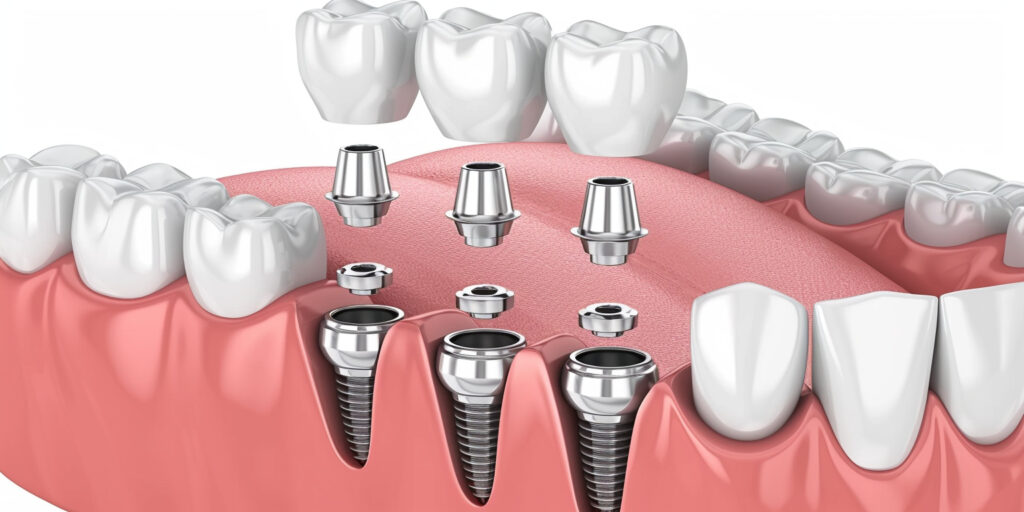
The false teeth (pontics) are usually made from porcelain and will blend in aesthetically with your natural teeth.
Note that the typical dental bridge will consist of one or more pontics as well as several abutments. It all depends on the type of restoration you are doing and the type of bridge being implanted. A dental bridge is a permanent restoration and cannot be removed once implanted, unlike dentures.
Different Types of Dental Bridges
Your dental surgeon will use any specific type of dental bridge for your restoration, depending on what you need. In all, your dental surgeon will consider one or more of four types of bridges:
- Traditional dental bridge
The traditional dental bridge is the most common type of dental bridge being implanted. It is made up of dental crowns that sit in as caps on both ends of the bridge and tack in the artificial teeth in between. Your dental surgeon will attach these crowns to your natural teeth on both sides of the gap being restored and the false teeth will sit in nicely.
Your dental surgeon will opt for a traditional dental bridge if you have strong, healthy natural teeth in the gap being restored.
- Cantilever dental bridge
The cantilever dental bridge is somewhat like the traditional dental bridge except for one tiny detail: there is only one crown fixed to only one end of the gap being restored. Typically, when your dental surgeon attaches your bridge to your abutment tooth, the false teeth being placed will project over and across the gap being restored.
Your dental surgeon will opt for a cantilever dental bridge if you have viable natural abutment teeth only on one side of the gap being restored. Cantilever dental bridges are not as strong as their traditional counterparts.
- Maryland dental bridge
The Maryland dental bridge is a resin-bonded bridge. In this type of bridge, your dental surgeon will make use of wings to secure the bridge being implanted instead of crowns. These wings are wrapped around the backs of the teeth, bordering the gap being restored on both sides.
Your dental surgeon will opt for the Maryland bridge if your missing front teeth are being replaced. The Maryland dental bridge will typically not be used for replacing back teeth because they are not strong enough for rigorous chewing.
- Implant-supported bridge
The implant-supported bridge is just like the traditional bridge, but it sits in on top of a dental implant instead of natural teeth. These dental implants are the screw-like posts your dental surgeon will implant to take the place of any missing teeth root.
One important detail is that the implants must have been fully fused into your jawbone before a bridge can be attached to them. This fusing can take as long as six months or even longer in most cases.
Your dental surgeon will opt for the implant-supported bridge if you are missing three or more teeth in a row.
Also read: Full Mouth Dental Implants Cost With Insurance in 2024
Generally, your dental surgeon will consider a lot of factors in determining the best approach or type of bridge to use for your restoration. Some of these factors include your age, how many teeth you are missing, the size of the gap being replaced and the stability of the teeth next to the gap being replaced.
Factors that Influence the Cost of a Dental Bridge
There are several factors to consider when trying to answer the central question – “how much does a dental bridge cost without insurance?” Some of the factors are:
- The type of bridge being used
The traditional bridge is the most commonly used type and the easiest to place. It involves using crowns on either side of the gap being restored to support the false teeth in place. Other types of bridges require one form of technicality or the other and thus might command additional cost.
- The number of teeth being replaced
Generally, the procedure gets more expensive as more missing teeth are being replaced.
- The nature of the pontic material being used
There are a variety of materials from which the false teeth being implanted can be made, and their costs vary from one type to the other. The default material is Porcelain-fused-to-metal. It is durable and matches the aesthetics of the natural teeth. It costs moderately, too. And then there is all-ceramic or zirconia material, which looks a lot more like the natural teeth but is more expensive.
- Geographic location
The cost of the placement of a dental bridge varies from one location to the other, If, for example, you will pay more for your procedure if the practice is situated in an urban area.
- The dental surgeon’s fee
Dental surgeons set their own fees depending on specific parameters that are unique to their practices. Thus, this cost will vary from one practice to the other.
So, How Much Does a Dental Bridge Cost Without Insurance?
Generally, you can expect to pay anything from US$1,500 to US$15,000 for the placement of your dental bridge. It could be more, depending on the complexity of the restoration being done. Do note that this is just an estimate and that the actual cost could be more or less.
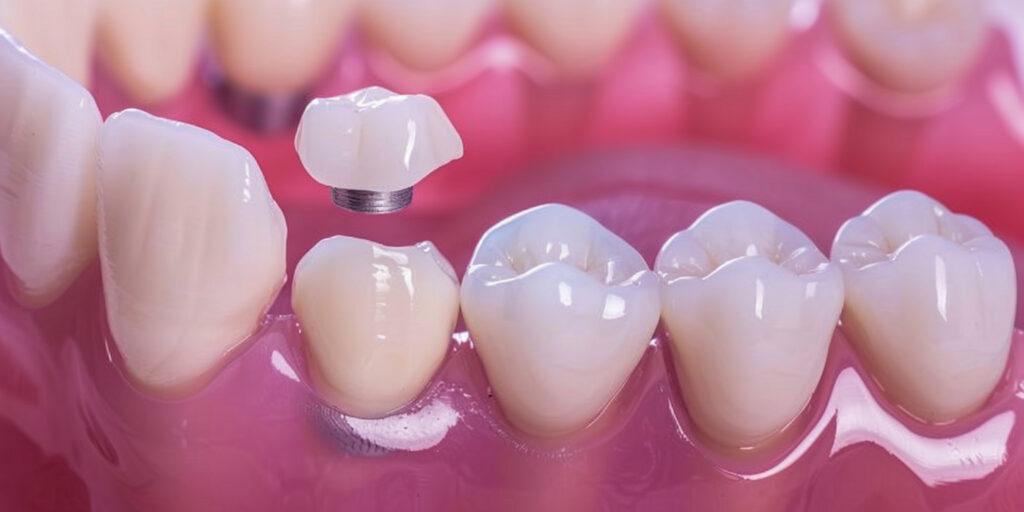
Specifically, the traditional bridge is common because it has proven to be versatile over time. A procedure based on it will typically cost between US$2,000 to US$5,000.
On the other hand, procedures based on the maryland bridge are less expensive and less durable when compared to the traditional bridge. They come in at a cost that lies somewhere in between US$1,500 to US$2,500.
Implant-supported bridges offer the best durability and are thus the most expensive of the procedures. Their cost can range from $5,000 to $15,000 or more.
Additional factors that can impact the cost of your dental bridge implant include the complexity of the restoration you are contemplating such as if there is gum disease or jawbone loss, the dental laboratory fee which will be included in your bill, and the dental practice’s initial consultation and examination fees.
Also read: How to Get Dental Implants Covered by Medical Insurance
Alternatives to Dental Bridges
The quest to find an answer to the question “How much does a dental bridge cost without insurance?” will often lead you to explore alternatives as you try to cut down costs. Dental bridges are lifesavers, but then there are excellent alternatives.
The two most common alternatives to dental bridges are denture placements and dental implants. The former are real teeth-like accessories that can be used to replace one or more missing teeth.

The latter are actually artificial tooth roots surgically inserted into the jawbone. They are more natural-looking and often last for several years. They are also expensive
Conclusion
In the estimate “How much does a dental bridge cost without insurance?” we explained there are quite a number of things that need to be taken into consideration. A good step you might take in that direction is to proactively explore every option available to you and arrive at informed decisions that will aid your restoration goals.
While a dental bridge implant will improve the look of your smile, your bite, and the overall quality of your life, it can also be expensive.
We strongly encourage you to schedule a consultation with your dentists to discuss your specific situation and explore all available options. They can guide you through the insurance process, recommend financing solutions, and create a personalized treatment plan to restore your oral health and confidence.


